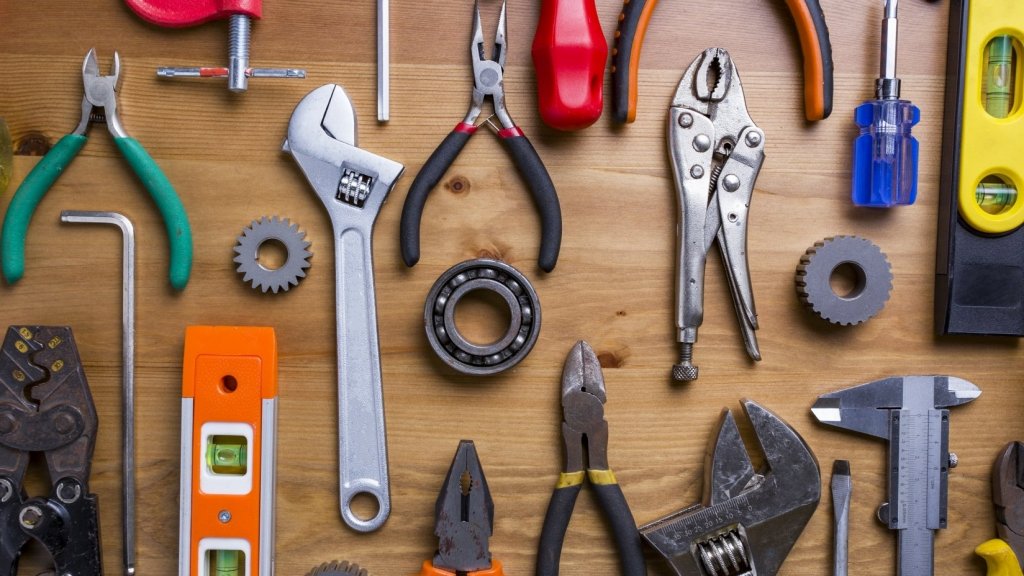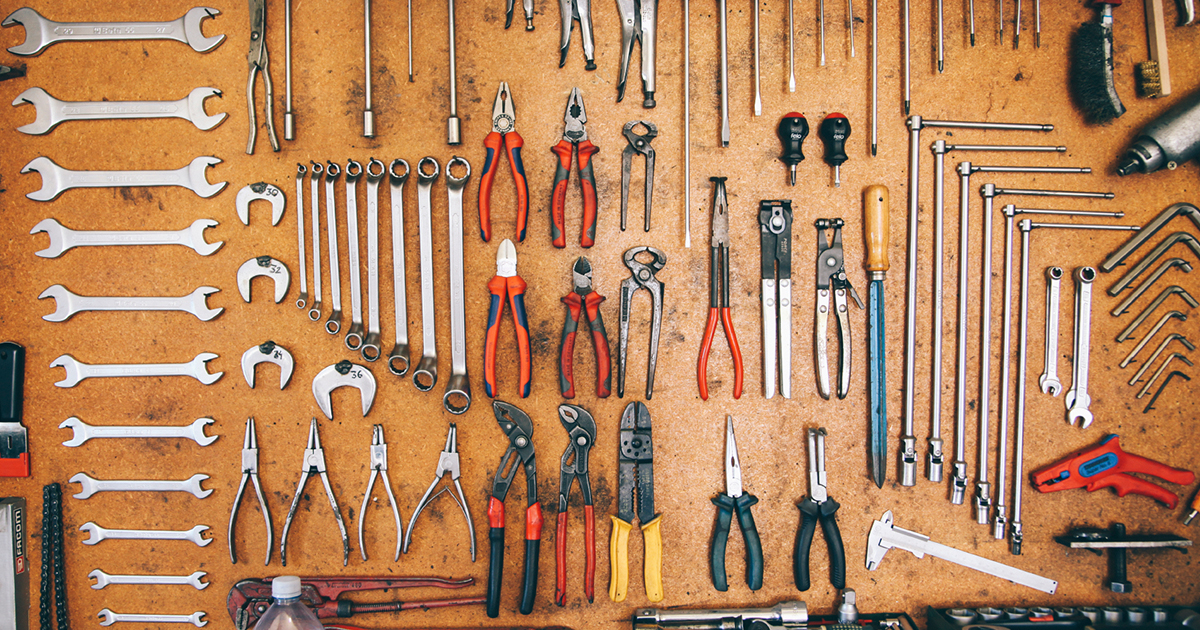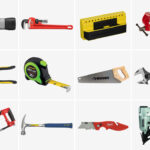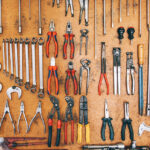Welcome to the world of power tools! Whether you’re a professional tradesperson or a DIY enthusiast, power tools are indispensable for getting the job done efficiently and with precision. While power tools may initially seem intimidating, this guide will demystify them and help you choose the right tool for your needs.
Understanding Power Tools
Power tools are portable machines that use electricity, compressed air, or batteries to perform various tasks. They offer several advantages over manual tools, including increased speed, power, and accuracy. A typical power tool consists of a motor, a trigger or switch, and a mechanism that transfers power to a working end, such as a drill bit or a saw blade.
Types of Power Tools
Power tools come in a wide range of categories, each designed for specific applications. Some common types include power drills and drivers, saws and cutters, sanders and polishers, grinders and rotary tools, nail guns and staplers, and impact wrenches and screwdrivers. Additionally, there are specialized power tools for tasks like welding, plumbing, and woodworking.
Choosing the Right Power Tool

Before purchasing a power tool, it’s crucial to assess your project requirements. Consider factors such as power, speed, size, and versatility. Pay attention to specifications like voltage, wattage, and battery capacity. Ergonomics and comfort should also be taken into account, as a well-designed tool can enhance productivity and reduce fatigue. Setting a budget and researching online reviews will help you make an informed decision.
Safety Measures
Safety should always be a top priority when using power tools. Wear appropriate personal protective equipment (PPE) such as goggles, gloves, and ear protection. Familiarize yourself with the tool’s manual and follow instructions carefully. Ensure proper handling and storage to avoid accidents. Take necessary precautions when working with electricity, and always disconnect the tool when not in use.
Basic Power Tool Techniques
To use power tools effectively, it’s essential to understand their controls and settings. Practice proper gripping and positioning to maintain control and accuracy. Learn essential cutting, drilling, and fastening techniques, and experiment with different attachments and accessories to expand your capabilities. Adjusting speed and pressure based on the task at hand is crucial for achieving the best results.
Maintaining and Caring for Power Tools
Regular maintenance ensures the longevity and performance of your power tools. Clean them after each use and remove any debris or dust that may affect their operation. Lubricate moving parts and replace worn-out blades or shafts as needed. For cordless tools, pay attention to battery care and charging instructions. Proper storage, sharpening, and occasional professional servicing will keep your tools in excellent condition.
In conclusion, power tools are invaluable assets for professionals and DIYers alike. By selecting and using the right power tool for the job, you can accomplish tasks efficiently and achieve professional-level results. Embrace the world of power tools and enhance your skills through continuous learning and practice.





